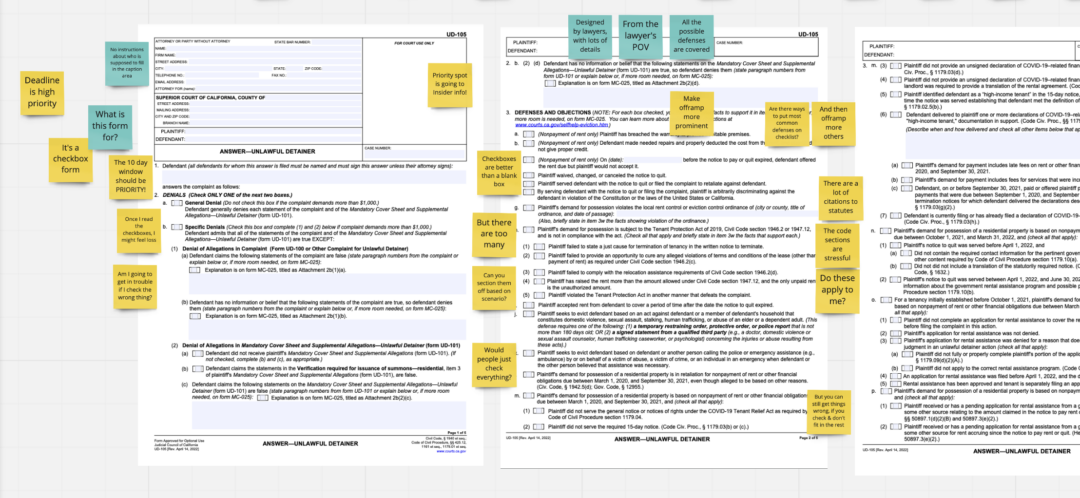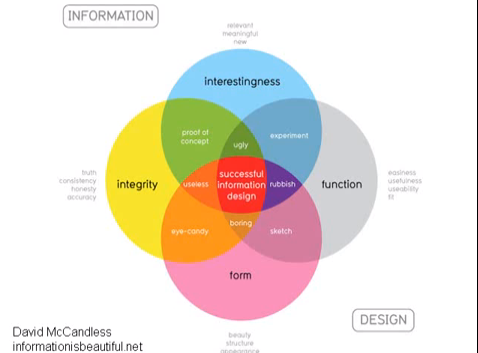A swim-lane-diagram is a type of flowchart, and it can be used to display the same type of information. A swim-lane-diagram documents the steps or activities across boarder and show which step and activity belongs to whom throughout processes; that’s why it’s also called a cross-functional-diagram or a cross-channel-diagram. What a swim-lane-diagram makes special and unique is that the elements within the flowchart are placed and match together in lanes, and you can plan, coordinate when and how a channel is required. These lanes can help identify and visualize stages, departments, or any other set of separated categories. And furthermore it work out who is in charge, who (employees, responsible people, stakeholders and areas) is responsible, who has to deliver or what can we do in which step or by which communication channel and the instant and situations in the process at which they are and how they are involved.
Now I like to describe and outline the general steps to develop a swim-lane-diagram:
Get a general look of the process, Characterize the product / service, classify your problem. This will help you get a big-picture understanding of the way information is routed currently and why.
Who are the essential stakeholders, facts and elements? Gather all of the participants of the process to discuss it, identify fundamental relations, interactions and dependencies Gather experts, duly authorized persons from all sections, departments and units involved in the process. If possible interview these people in person, to do this by personas work also but should be always your plan B. On the other hand try to keep / to have a manageable group. If your group is too large it becomes more difficult keeping everyone engaged and not getting lost in discussions. Whether your group is big or small one risk is getting lost in detail or running in the wrong direction, all too often such meetings develops its own dynamics.
Document the process with pictures and words – Create a process … Sometimes I use rows and next time columns that depends on the project and task, number of lanes and of course it depends on whether you draw / develop it with a digital tool e.g. any diagram-software (but you can also use various other software, for example in the absence of a better alternative I have developed such diagrams with Excel and another time with Freehand on a touch-screen) but it’s not necessary to use a digital tool, all too often I love it and it’s best using pencil, board-marker, post-its and paper, because I love to use it during creative sessions. It’s also a great thing working together and evolving a common mindset together with various departments and or your client and its’ departments. Show courage and throw your digital handcuffs overboard and use pencils, markers, post-its and a giant sheet of white paper or what I really love are these electrostatic film sheets, they will stick to every wall surfaces quickly and easily. And the big plus to do it as paper diagram with cord and threads, post-its and having at the wall of your office it is always well visible and it will be discussed improved from project step to project step. A white-board and board-markers or a wall, window can work as well, but be aware of cleaning personnel that are nuts about cleaning every window, desk and wall, have the cleaning bug. And you should protect your board from ‘nice colleagues’ that you’re process map won’t get erased. Saving your board you can take pictures but what I prefer are these scanning apps for smartphones. Just one brief hint starting to develop your flow-chart / swim-lane-diagram – Don’t reinvent the wheel – use the well-known symbols and shapes, as they are used within UML diagrams.
… there are quite a lot more of symbols, but as long you aren’t a business-analyst or work together with one, almost in every case these 6 are enough. Such a Swim-lane-diagram group element can be a to-do, task, activities, decisions, document, information etc. or can also represent and refer to another Flow that is defined in an additional swim-lane-diagram. Each section, department and unit involved in the process gets their own row or column on the diagram – these are your ‘swim lanes’. If you look at the UML standard, in almost every UML diagram vertical swim-lanes are most common and the process-flow goes from the top to the bottom. Now start on the left or the top of diagram, in which lane you will start depends on your individual process, you can order the chronological order of your lanes afterwards.
Short and crisp:
Identify the initial event or process – this is your Start
Isolate the processes (steps, to-dos, documents, etc.) – note each within the regarding lane
Combine the elements by connecting lines – to symbolize relationships and flow
Then it’s always good to make a brake and then …
Examine, recapitulate and adjust your process and its elements
Look for ways to improve
Prove and look for things or relations that are tricky
If you did it as a paper diagram, now it’s time to consider how to save it and how you will maintain and update your diagrams in the following weeks and months, at this point it’s almost the best way to transform and save your diagram by diagram software like Visio, Concept-Draw, Omnigraffle etc. ( End of 2010 I wrote an article about prototyping and wireframing software – overview and comparison ) .
via Swim-lane-diagram a great tool for alignment and process planning | ux4.com.




 I Like Pretty Graphs: Best Practices for Data Visualization Assignments – YouTube
I Like Pretty Graphs: Best Practices for Data Visualization Assignments – YouTube